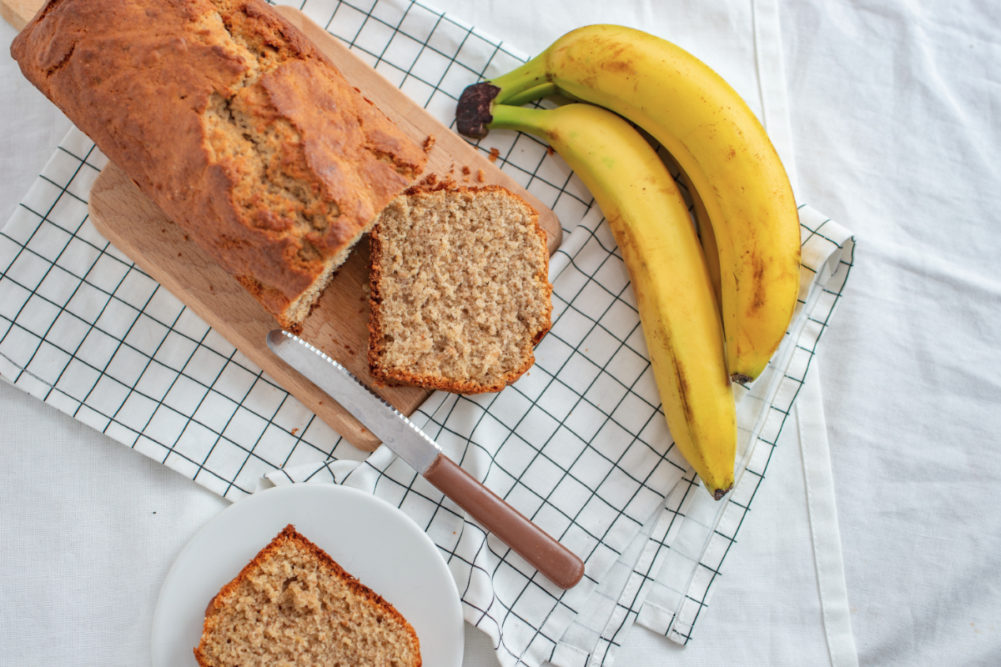KANSAS CITY — Many people in the food industry are aware that prebiotic fibers feed probiotics, or “good bacteria,” in the gut to aid in digestion and provide other health benefits. Research now is looking at how each specific prebiotic may match a specific probiotic strain or strains.
Not a lot of science is behind matching a prebiotic to a probiotic strain, “but it’s possible, we think,” said Bruce R. Hamaker, PhD, a professor of food science at Purdue University in West Lafayette, Ind., in a virtual webinar held as part of ShIFT20, a virtual event produced by the Institute of Food Technologists, Chicago. Its annual meeting and exposition was canceled because of COVID-19.
The prebiotic-probiotic findings could lead to personalized gut health. A protocol could be designed to select fibers that would promote gut health in a person by supporting probiotic bacterial groups that were underrepresented in the person. An in vitro pretest or microbiota analysis would indicate which fiber-based prebiotics, and at what levels, should be taken at a personalized level.
Dr. Hamaker gave examples of prebiotics matching with probiotic strains. Insoluble beta-glucan targets a butyrate-producing genus (Anaerostipes).
“This particular carbohydrate, beta-glucan, was a very specific kind of substrate for that particular bacteria,” Dr. Hamaker said.
Oligosaccharides tend to match with bifidobacterial/lactobacillus. Certain soluble polysaccharides match with bacteroidetes (phylum). Soluble fibers in general are easier to be utilized by bacteria, but some bacteria are designed to match insoluble fibers, which may depend on a plant’s cell walls.
Mario Martinez-Martinez, PhD, a professor of food science at Aarhus University in Denmark, also spoke in the webinar about how banana flour could improve the nutritional profile of bread and cakes. Bananas contain starches that are digested more slowly than other starches. Food items with a high glycemic index are quickly digested and absorbed, causing a rise in blood sugar. Banana flour thus could help in creating foods with a lower glycemic index.
In gluten-free bread, researchers used banana flour to replace 20% of the maize and rice flour. In cakes, researchers replaced 10% of the wheat flour with banana flour, which doubled the inhibition of glucose absorption. Foods with a high glycemic index are quickly digested and absorbed, causing a rise in blood sugar. Banana flour thus could help slow digestion.
Information on registering for ShIFT20 may be found here.






